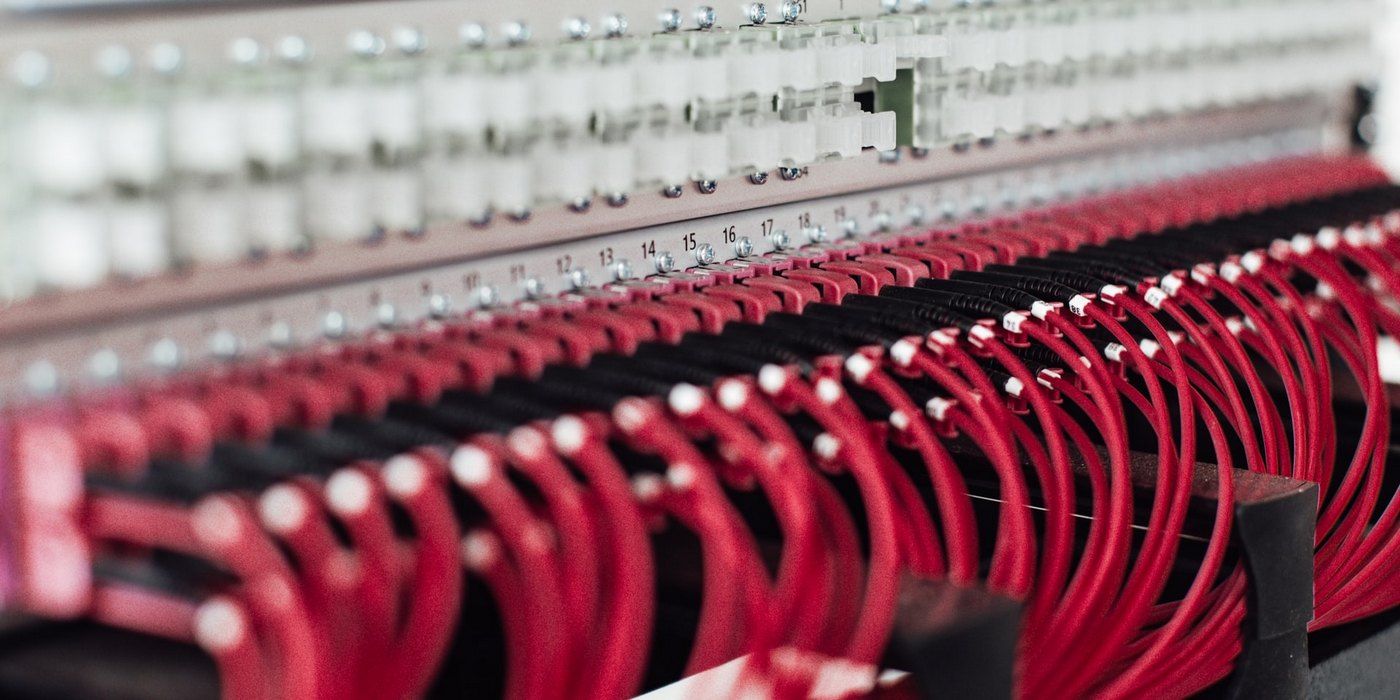Intel and Broadcom came together to showcase the world’s first ever cross-vendor Wi-Fi 7 display. Wi-Fi, as a technology, has gone through a number of iterations – six, to be exact. The previous iterations had their own respective benefits that have been continuously built upon to achieve the standard the public enjoys today. Wi-Fi 1, for example, operated on a 2.4GHz frequency band and could achieve speeds of up to 11Mbps. Today, the de facto standard of Wi-Fi 6 is capable of reaching speeds just under 10Gbps, has far better range than the first iteration, and can operate on both 2.4GHz and 5GHz frequency bands.
The team responsible for its standardization, the Wi-Fi Alliance, is made up of a network of tech companies that work together to ensure compatibility, security, and user-friendly development. Since 1999, the group has had a hand in ensuring the consistency present in the Wi-Fi experiences users enjoy today. Intel and Broadcom’s demo achieved a feat that is one of the milestones leading up to Wi-Fi 7’s eventual entrance into the public-sphere.
Intel and Broadcom participated in “the first cross-vendor Wi-Fi demonstration” using a laptop with an Intel Core processor that was connected to Broadcom’s Wi-Fi 7 access point. The demonstration showed how the setup was able to achieve speeds in excess of 5Gbps. According to Intel’s website, “Wi-Fi 7 is the platform for the next 10 years of wireless experiences, which require higher speeds, lower latency, improved reliability and greater capacity.” As a new iteration, Wi-Fi 7 boasts the ability to function at a 6GHz frequency band with wider access to 320 MHz channels. For the majority of users, the fact that it is expected to reach speeds of up to 46Gbps is enough to be sold on the idea of upgrading whenever that option becomes a reality.
Do You Need Wi-Fi 7 Speeds?

Going from Wi-Fi 6 or Wi-Fi 6E to Wi-Fi 7 is definitely a step-up in terms of raw numbers, but for the average user, it might not be a wise decision. As with any new iteration in a technology, there are going to be bugs. That’s going to be true for Wi-Fi 7, as it is true for Wi-Fi 6E. Plus, there aren’t an extraordinary amount of use cases for access to over 40Gbps of internet speeds. For the average home user, one can imagine such speeds being used to stream shows and movies in increasingly absurd resolutions, but not much else.
That story is a little different for businesses that might be considering upgrading their Wi-Fi capabilities. And for businesses that could benefit from greater bandwidth, the 320MHz channels are definitely a huge plus in Wi-Fi 7’s favor. All the same, those benefits are purely theoretical at the moment, and until the tech industry begins moving to make Wi-Fi 7 a public-ready technology, Wi-Fi 6E remains everyone’s best option. And aforementioned, the benefits of Wi-Fi 7, once released, will still probably be an overkill for the majority of users to consider upgrading, at least immediately.




